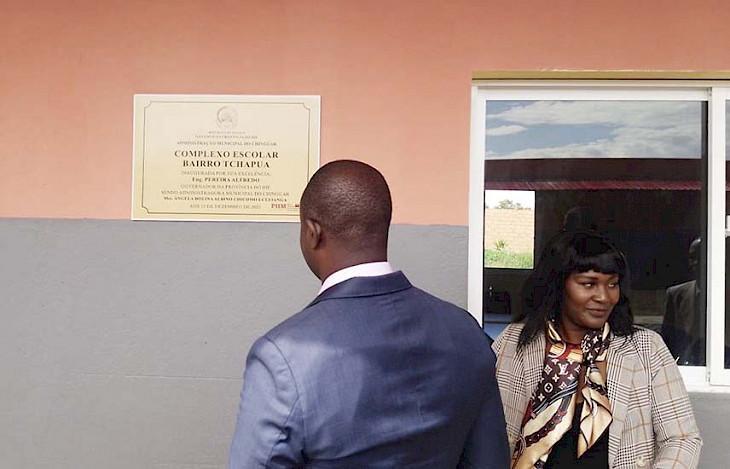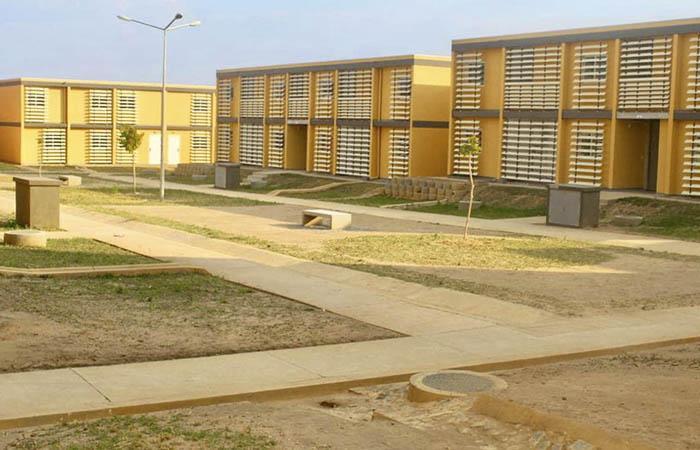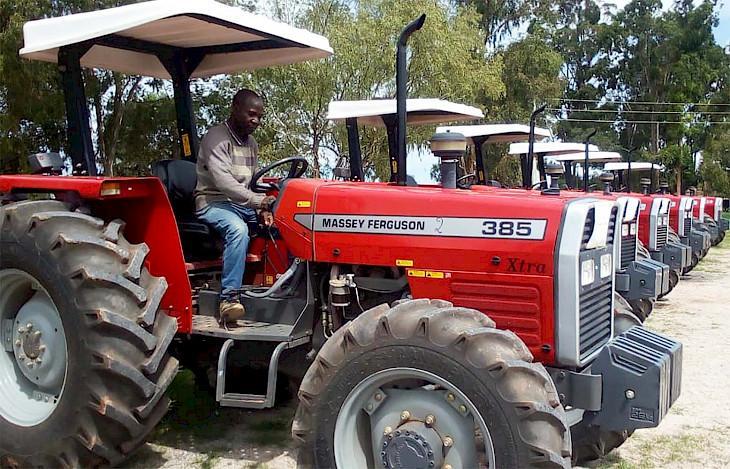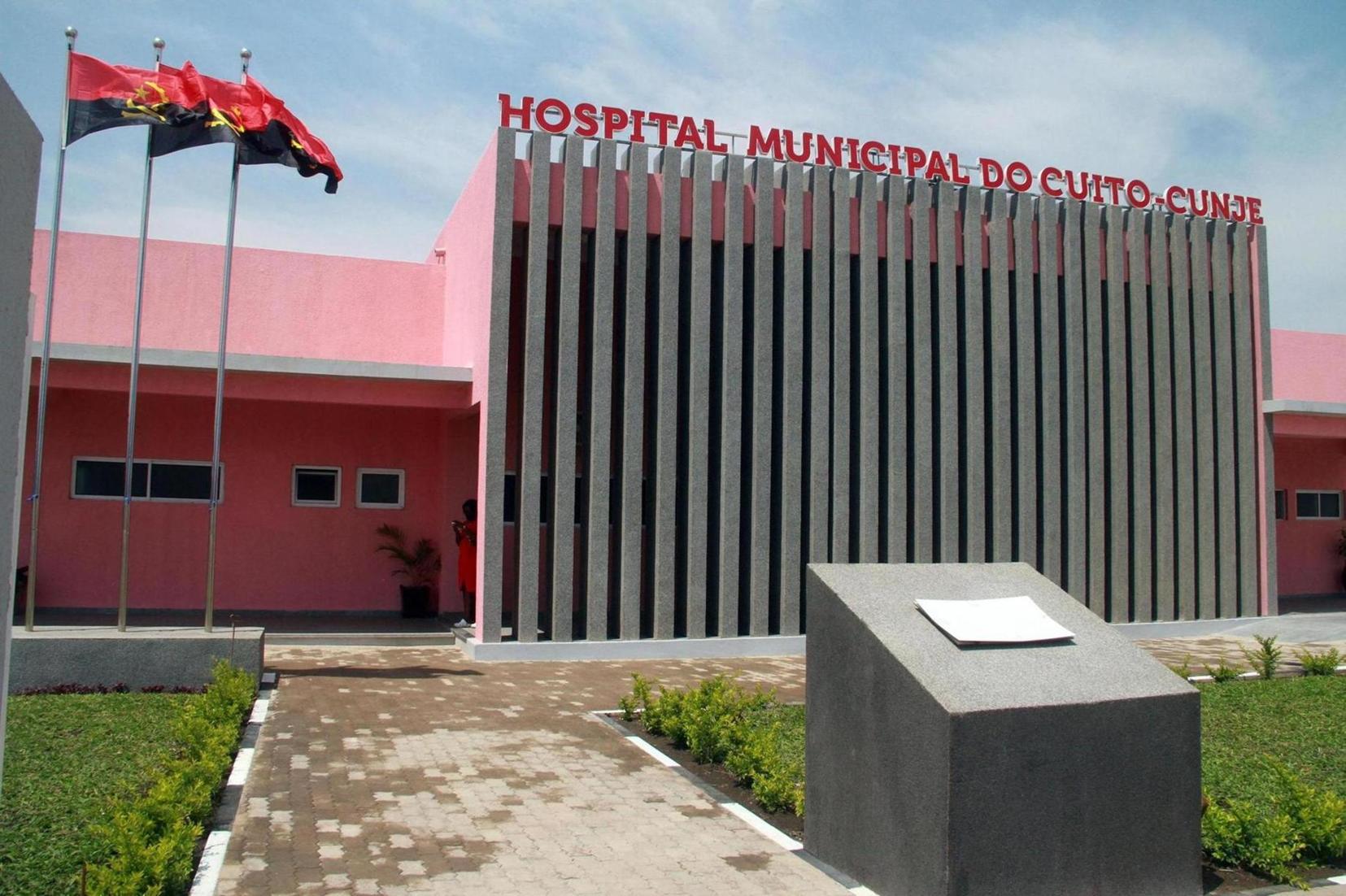Africa-Press – Angola. Health and education in the province of Bié have been among the sectors with the most investment in this region in recent years, and, in 2022, not to change, they once again deserved the attention of local authorities.
The implementation of the Integrated Intervention Plan in Municipalities (PIIM) and the Program for Local Development and Combating Poverty (PIDLCP) enabled this year the construction and rehabilitation of various social infrastructures, to improve the quality of life of the populations.
For example, in terms of health, within the scope of the PIIM, the new municipal hospital of Cuito, in the municipality of Cunje, was inaugurated in March, built in an area of eight thousand square meters, with capacity for 100 beds, with pediatric services , medicine, orthopedics, X-ray, stomatology and others.
In July, the municipality of Nharêa gained a fully expanded hospital from 86 to 120 beds, also with modern services, including X-ray, stomatology, pediatrics, surgery, medicine, hemotherapy, mortuary and others.
The same happened in Chinguar, with the expansion of the municipal hospital from 50 to 75 beds, with practically the same services.
This unit, reopened this December, also assists the populations of the municipality of Cachiungo, in the neighboring province of Huambo.
With the same purpose, the Vouga Missionary Hospital, built in 1954 to help patients from different regions of Angola and Africa in general, underwent rehabilitation and expansion, in a work valued at 529 million, 863 thousand and 179 Kz.
Re-inaugurated in July of this year by the Minister of Health, Sílvia Lutucuta, like Nhârea, the rehabilitation of Vouga consisted of reviewing the roof, installing doors, windows and false ceilings, new mosaic and tiles, implementing a new drinking water network , sewage, electricity, among other things.
Currently, the unit, with a capacity for 300 beds, against 118 in 2020, provides similar services to hospitals in Cuito and Nhârea.
Currently, the province controls 186 health units, including a reference hospital, 127 health posts, 37 centres, including five maternal and child hospitals, six missionary hospitals, nine municipal and one general hospital.
The work is ensured by 3,705 workers, including doctors, nurses and therapeutic diagnostic technicians, spread across the municipalities of Cuito, Andulo, Camacupa, Chinguar, Cunhinga, Nhârea, Chitembo, Cuemba and Catabola.
Education
With regard to the Education sector, this year, the province benefited from the construction and rehabilitation of 38 new schools, 25 for primary education and 13 for general education, within the scope of the PIIM and the Program to Combat Poverty.
For the five-year period 2022-2027, the Government of the Province of Bié plans to build 200 schools in the region, with 12 and 24 classrooms, with a view to inserting 102 thousand children in the Education System, who do not study due to lack of teachers and more classrooms.
The sector has enrolled 497,659 years in the various education subsystems, controls 14,505 teachers, who work in 1,396 schools in the nine municipalities.
Children from the Tchápua neighborhood go to school for the first time

1,600 children from the Tchápua neighborhood, around the seat of the municipality of Chinguar, who studied in precarious conditions, won a school with 12 classrooms this year, within the scope of the PIIM.
The school, inaugurated this December, was named after the first education delegate in Chinguar, Silvandira Lacerda, who worked in the municipality from 1975-1983.
It cost 90 million and 800 thousand Kwanzas.
In general, the PIIM, with a portfolio of 226 projects and actions registered in Bié province, has already concluded, so far, 81 projects and 56 actions, whose investments are around 36 billion 462 million 822 thousand 547 kwanzas and 80 cents.
It also allowed for the creation of 3,463 jobs, both direct and indirect.
Asphalting of 34 kilometers of roads in the municipalities of Cunhinga, Chitembo, Camacupa and Cuemba was also completed, as well as the earthworks of 700 kilometers of road, and more than 2,000 home connections were made in Cuito.
Housing

This year, the local authorities inaugurated the second phase of the Horizonte do Cuito centrality, with 376 houses, including apartments, duplexes and villas, all of the T3 type, and 66 shops.
The second phase of the construction of the centrality included, in addition to residences, a police station, kindergarten, two medium polytechnic institutes, a training school for health technicians and another for the 1st cycle.
As for the project for the 500 houses in the Caluco neighbourhood, the local department created a commission this year which also intends to open the competition for access to the residences to the general public, after completing what is taking place in the second phase of the Centrality of Cuito.
The project was built to accommodate families living in risk areas, with more than 50 having already been relocated. The houses are T2 and T3.
Agriculture

In the field of agriculture, 85 tractors with their implements were delivered to an equal number of ex-soldiers’ cooperatives in Bié province, acquired under the Government program aimed at reintegrating ex-soldiers, for the period 2019-2022 .
For the current agricultural campaign, peasants have cleared more than 493 thousand and 42 hectares of arable land, and they expect to harvest close to one million 232 thousand and 605 tons of various products from the countryside in the 2022/2023 agricultural campaign.
Among the crops to be harvested are maize, rice, beans, soybeans, sorghum, massando, cassava, wheat, gum, reindeer and sweet potatoes, as well as various vegetables.
The agriculture, livestock and fisheries sector controls 1,586 associations, 823 cooperatives, 470 small producers and 1,764 field schools.
For More News And Analysis About Angola Follow Africa-Press






